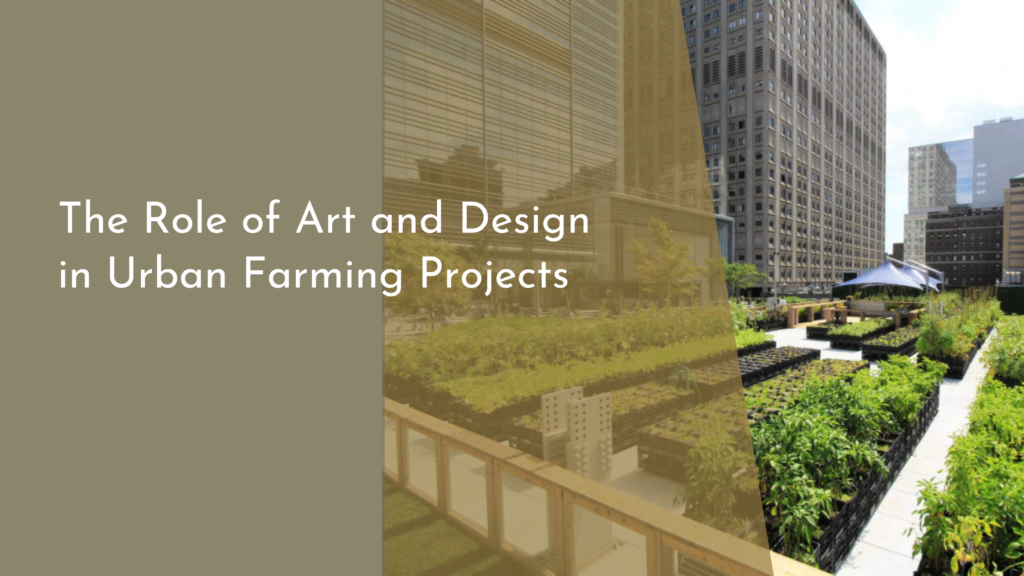Agroforestry in Native Plant-Livestock Terrace Gardens
Agroforestry, the harmonious integration of trees, crops, and livestock on the same land, is gaining momentum as a sustainable farming approach. In the context of terrace gardens, this practice presents a unique opportunity to maximize productivity while enhancing biodiversity and soil health. By combining native plants with livestock in these elevated plots, farmers can create a vibrant ecosystem that supports both agriculture and wildlife. In this article, we will explore the benefits of agroforestry in terrace gardens, the role of native plants, design techniques, and practical tips for successful integration.
Discovering the Benefits of Agroforestry in Terrace Gardens
Agroforestry brings multiple benefits to terrace gardens, particularly in mountainous or hilly regions where traditional farming can be challenging. By incorporating trees and shrubs into the landscape, farmers can reduce soil erosion while improving water retention. The terraced design helps manage water flow, allowing for enhanced irrigation and reduced runoff. As a result, crop yields can increase, and the land’s overall productivity is optimized. Furthermore, this approach promotes a diverse ecosystem, attracting beneficial insects and wildlife that aid in pest control and pollination.
In addition to environmental benefits, agroforestry in terrace gardens can significantly enhance the economic viability of farming. By utilizing native plants alongside traditional crops, farmers can diversify their income streams. Native plants often require fewer inputs and can be more resilient to pests and diseases, reducing the need for chemical interventions. Livestock grazing among these plants can also contribute to nutrient cycling and soil enrichment, leading to healthier plants and animals. This symbiotic relationship fosters a sustainable model that benefits both the environment and the farmer’s wallet.
Native Plants: The Perfect Partners for Livestock Farming
Native plants play a crucial role in agroforestry, particularly in terrace gardens. These plants are adapted to local climates and soil conditions, making them more resilient than non-native species. By selecting native plants, farmers can create a sustainable environment that requires minimal water and fertilizers. Additionally, native plants often offer forage for livestock, providing them with natural nutrition that enhances their health and productivity. This symbiotic relationship between plants and livestock can lead to improved soil health, as livestock manure contributes organic matter and nutrients back into the system.
Moreover, incorporating native plants into terrace gardens can yield a variety of ecological benefits. These plants can serve as windbreaks, protecting crops and livestock from harsh weather conditions. They also provide habitats for beneficial insects and wildlife, contributing to a balanced ecosystem. The biodiversity fostered by native plants helps improve pest resistance and encourages pollination. By integrating native flora into farming systems, farmers not only enhance their productivity but also support local ecosystems and wildlife conservation efforts.
Designing Thriving Terrace Gardens with Agroforestry Techniques
When designing terrace gardens for agroforestry, the key lies in planning for diversity and functionality. Start by selecting a mix of native plants that complement each other and enhance soil health. Consider including deep-rooted plants that help break up compacted soil, along with nitrogen-fixing species that enrich the soil. Incorporating trees for shade can protect other crops from harsh sun, while shrubs can serve as windbreaks. This layered approach not only maximizes space but also creates microclimates that benefit both plants and livestock.
It’s also important to strategize the layout of livestock within the terrace garden. Rotate grazing areas to prevent overgrazing and allow native plants to regenerate. Using portable fencing can help manage livestock movement and encourage them to graze specific areas, promoting a healthier plant ecosystem. Incorporating pathways for easy access to both plants and livestock is essential, ensuring that the garden remains functional and manageable. By combining thoughtful design with diverse plant and animal species, farmers can create a thriving agroforestry system that flourishes.
Tips for Successful Integration of Plants and Livestock!
To achieve a successful integration of plants and livestock in terrace gardens, start with thorough research. Understanding the specific needs of both the native plants and livestock species you intend to use is essential. Consider factors such as water requirements, growth rates, and compatibility. This knowledge will help you select the most suitable plants that can thrive alongside your livestock, ultimately leading to a more resilient and productive system.
Another essential tip is to monitor and adapt your approach over time. Keep an eye on how the plants and animals interact, and be prepared to make adjustments. If certain plants are struggling or livestock appears to be overgrazing, take the initiative to modify your management practices. Regularly assess soil health and biodiversity to ensure that the terrace garden remains a thriving ecosystem. With patience and a flexible mindset, the integration of native plants and livestock can lead to a flourishing agroforestry system filled with life and productivity.
In conclusion, agroforestry in native plant-livestock terrace gardens offers an exciting avenue for sustainable farming practices. By embracing the benefits of native plants, designing a diverse and functional garden, and integrating livestock wisely, farmers can enhance their productivity while promoting ecological health. This cheerful and innovative approach not only supports the farmer’s livelihood but also contributes to the well-being of the environment. With a bit of planning, research, and adaptability, anyone can cultivate a vibrant agroforestry system that reaps the rewards of nature’s harmony.


